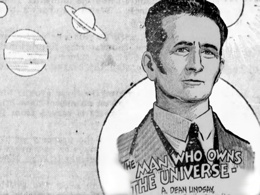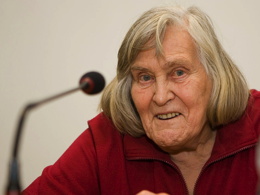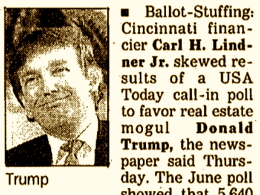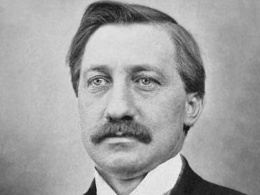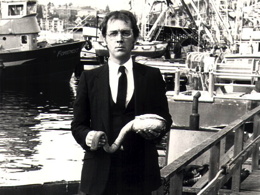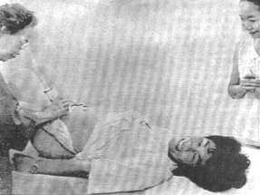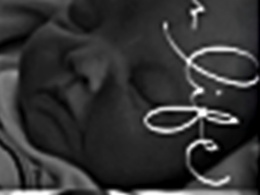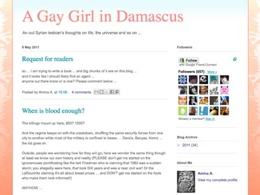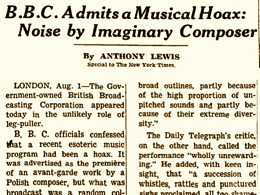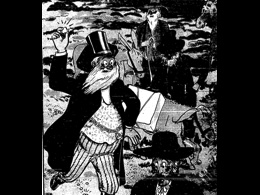June 5, 1961: Piotr Zak
On this day, the highbrow BBC radio
show network
Third Programme presented an "avant-garde work" titled "Mobile for Tape and Percussion" by the Polish composer Piotr Zak, who was said to be one of the youngest and most controversial figures in modern music. Two months later, the BBC confessed that Piotr Zak didn't exist. A
company BBC spokesman explained, "We dragged together all the instruments we could and went around the studio banging them… It was an experiment to demonstrate that some contemporary compositions are so obscure as to be indistinguishable from tapes of percussion played at random." [
wikipedia]
June 5, 2000: Shades for Men Lipstick
Ads appeared on the side of Toronto buses announcing the launch of a men's lipstick line called "Shades for Men." However, this product never went on sale. It turned out to be a hoax campaign used to test the effectiveness of bus advertising as a vehicle for launching new products.

